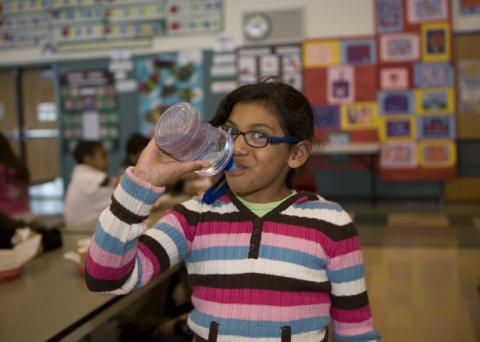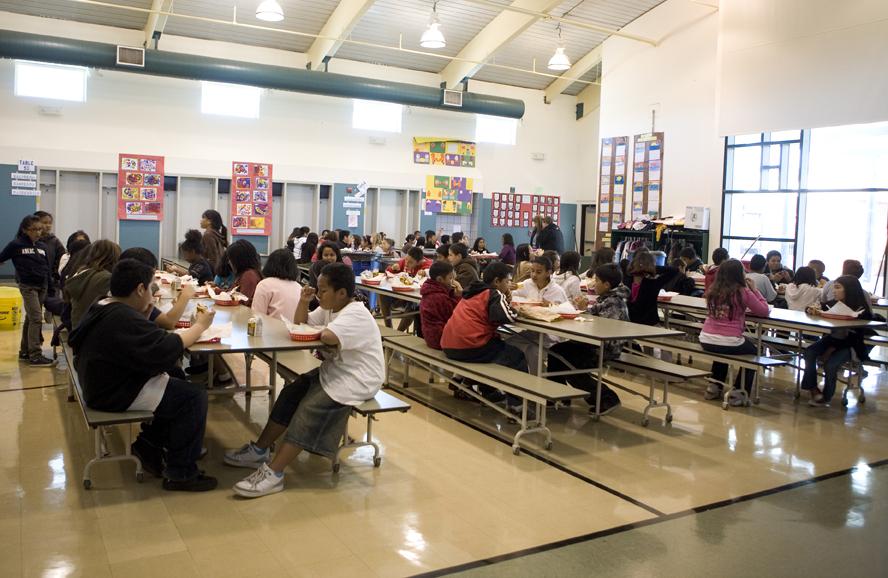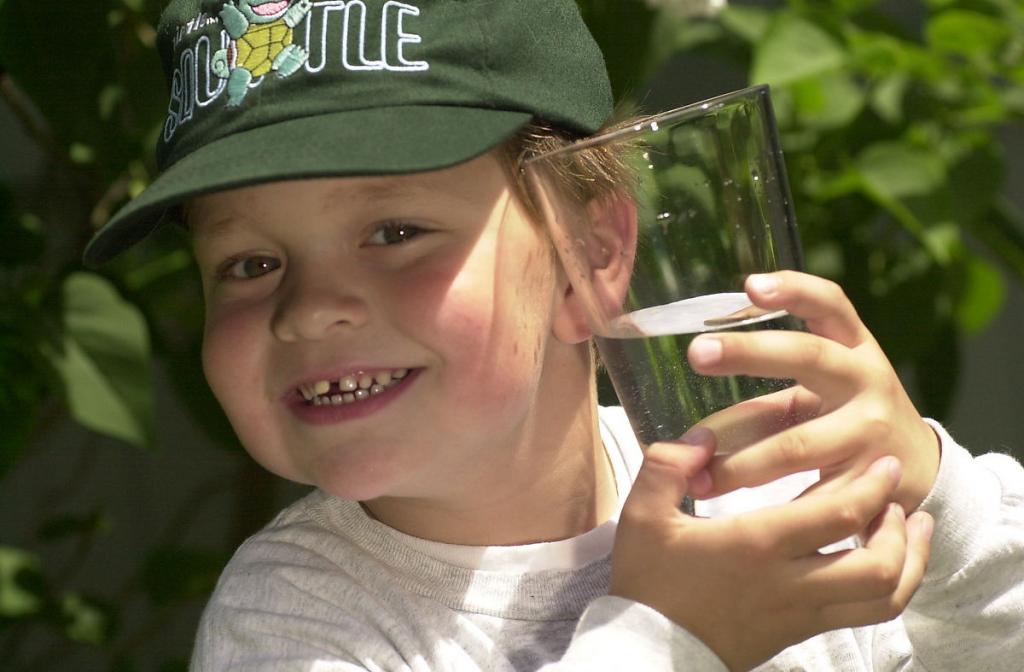
Helping Our Kids Choose Health Now, And as Adults
Right now, we’re celebrating National Public Health Week, which is focused on how we can become the healthiest nation possible by 2030. Fifteen years from now, my daughter will be beginning her adult life—that feels like a long way off, but it’ll be here before I know it.
As a public health attorney, I work each day to help the nation become a healthier place for everyone to live, work, play, and pray, but as a parent, I work each day to help my daughter be healthier, too. We try to stay active as a family, taking advantage of the amazing parks and recreation facilities available here in Northern California. We try to eat meals together. And we try to pay close attention to what is in the foods we eat, reading ingredient labels together and talking about what they mean.
I know I can’t always be around to help my daughter make healthy choices. That’s why I think it’s so important that policies be put in place to help shape those choices and make it easier for her to make informed decisions.
Warning Labels on Sugary Drinks – An Education Strategy
One policy strategy that can help kids, and adults, make healthy choices is warning labels. Warning labels are not a new idea—for much of the 20th century, they have been one of government’s best strategies for educating people about the risks of what they consume. In the case of tobacco and alcohol, they have proved very successful.
Recently, we’ve seen a surge in legislation requiring warning labels on a different type of product: sugary drinks. We may not be used to thinking these beverages are as dangerous as tobacco or alcohol, but there is a large and growing body of research linking sugary drinks with obesity, overweight, and chronic disease, especially for kids:
- Since 1980, rates of obesity and overweight have more than tripled for children and adolescents ages 2 to 19 years. In the same time period, youth started consuming about 108 more calories a day—many of these from sugary drinks.
- Children and adolescents consume more sugary drinks than any other age group: 70% of boys and 60% of girls between the ages of 2 and 19 drink sugary drinks on any given day.
- One study found that 63% of high school students consume at least one sugary drink daily, and another determined that 81% of the children surveyed (ages 6 to 11) consumed at least one on the surveyed day.
Eager to make informed decisions, Americans are asking for policies that publicize health information, including the specific health effects of sugary drink consumption. A 2012 Associated Press poll found that 79 percent of respondents thought that lack of information about what is in food contributes to high rates of overweight and obesity. In the same poll, 83 percent of respondents favored government policies that provide the public with information about how to make healthy diet choices. And the recently released 2014 Kentucky Health Issues Poll showed 71 percent of adults in the state favored requiring a health warning label on soda and other sugary drinks.
Policies to Promote Health
Across the country, governments are responding with legislation that would provide facts and promote health:
- Last year, California Senator William Monning introduced a bill requiring that sugary drinks carry a warning label. In clear, straightforward language, the warning would alert consumers to the risks of drinking sugary beverages, citing diabetes, obesity, and tooth decay as related negative health outcomes. And in February, Senator Monning recommitted to the cause by introducing new legislation similar to SB1000.
- New York City Assemblyman Jeffrey Dinowitz recently introduced the Sugar-Sweetened Beverages Safety Warning Act, which would put a warning label on soda, sweetened iced tea, and energy drinks.
- Last month, San Francisco Supervisor Scott Wiener introduced an ordinance that would require warning labels on advertising for sugary drinks.
Like most parents and caregivers, I try to make the best decisions for my family. I need sufficient information to make many of those decisions, and when it comes time for my daughter to make decisions about what she eats and drinks, I want her to be educated, too.
Warning labels have educated consumers for years about the dangers of tobacco and other products. As we work toward a healthier future for our kids, adding warning labels to sugary drinks is one way we can ensure that, by 2030, our kids—and kids across this nation—have grown up to be healthier adults.
ChangeLab Solutions offers Model Legislation Requiring a Safety Warning for Sugar-Sweetened Beverages for communities ready to consider implementing a warning label strategy.
Photos courtesy of Lydia Daniller and the Seattle Municipal Archives.





The views and opinions expressed in this post are those of the author(s) and do not necessarily reflect those of MomsRising.org.
MomsRising.org strongly encourages our readers to post comments in response to blog posts. We value diversity of opinions and perspectives. Our goals for this space are to be educational, thought-provoking, and respectful. So we actively moderate comments and we reserve the right to edit or remove comments that undermine these goals. Thanks!